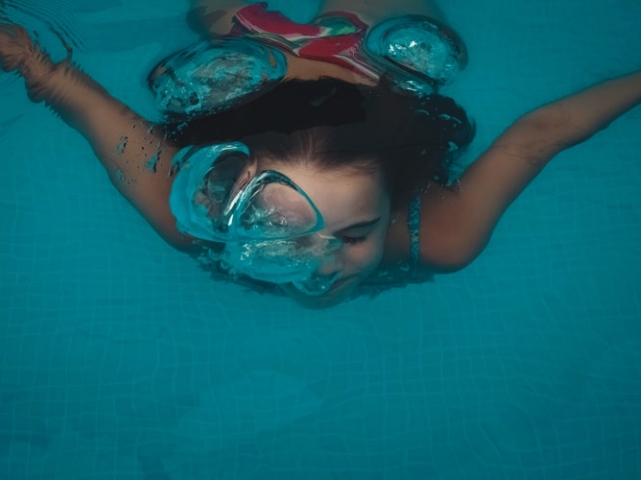Drowning accounts for an estimated 7% of all injury-related deaths, with the highest rate of drowning being among children aged 1 to 4 years, according to the World Health Organization. Water play is one of the great ways to keep children entertained during the summer season. After all, children love splashing water and getting wet, be it in a bathtub, bucket, or kids’ pool. While playing in the water is fun and relaxing, it can be dangerous if the proper measures are not followed.

Kids’ curiosity and mobile nature increase their risk of drowning in pools, lakes, rivers, and unexpected places like buckets, tubs, and ditches. To keep young ones safe in and around water, check out these water safety tips listed below.
Prioritize Adult Supervision

Drowning happens fast, and the worst part is that it’s silent. With this in mind, never leave your child alone. It is also wise not to leave them under the supervision of other kids while in or near pools, tubs, rivers, or lakes. As a general rule of thumb, stay within arms reach whenever your child is playing around water. That way, you can quickly pull them out of the water if they accidentally fall or if you notice hazards that often lead to drowning.
Limit Access To Water Sources

Young children don’t understand the dangers of playing near water, and with their curiosity and mobility, they are likely to drown in the least expected places. To reduce the risks of unintentional drowning in your home, always empty buckets and bathtubs after use. Also, install barriers that prevent access to water sources, like drainage ditches, nearby streams, lakes, or canals. If you have a home pool, fence it, cover ponds with a mesh and keep aquariums out of children’s reach to enhance safety.
Enroll Kids In Formal Swimming Classes
Signing up your kids in swimming classes at an early age helps them become water confident. Remember, swimming instructors are committed to training kids as young as four years the essentials of staying safe in the water. With time your kid will be able to float, tread, and even turn underwater confidently while ensuring safety. Nonetheless, discourage your child from swimming alone, plunging in creeks, quarries, and rivers to avoid drowning.

Water is tranquil, and young children enjoy the idea of splashing it all over their bodies and getting wet. However, it poses a danger if safety measures aren’t in place. To keep your children safe from drowning in pools, tubs, streams, or lakes, prevent access to water bodies. Also, prioritize adult supervision and enroll your child in swimming classes so they can enhance their skills.
